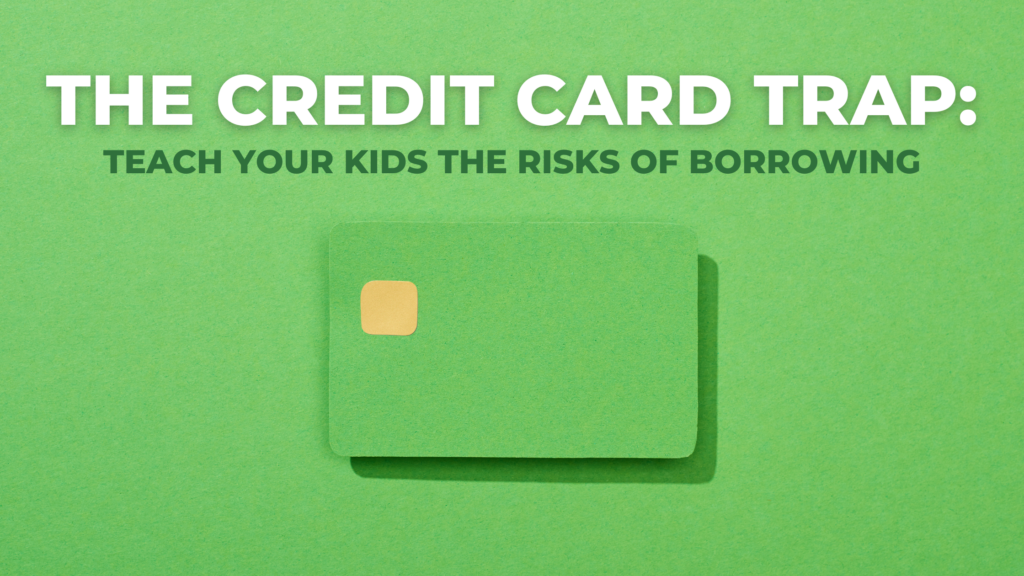
Are you tired of seeing your kids spend money they don’t have? Are you worried about them falling into the credit card trap? As a financial advisor who works with parents, I’ve seen firsthand how easy it is for young people to get into debt through credit cards. But don’t worry, there are ways to teach your kids about the risks of borrowing and how to avoid them.
Why Credit Cards Can Be Dangerous for Kids
Credit cards may seem like a convenient way to pay for things, but they can also be a slippery slope into debt. Here are some reasons why:
Carrying a balance: If your kids don’t pay off their credit card balance in full every month, they’ll end up paying high interest rates on the remaining balance. Those interest rate charges can go from 20-30%. This can quickly add up and lead to a cycle of debt.
Tempting offers: Credit card companies often target young people with enticing offers, like cashback rewards and sign-up bonuses. But these offers can also lure your kids into spending more than they can afford.
Hidden fees: Companies may charge fees for things like late payments, cash advances, and balance transfers. These fees can be confusing and add up quickly, making it harder for your kids to keep track of their spending.

How to Teach Your Kids About Credit Card Risks
Now that you know why credit cards can be dangerous for kids, let’s talk about how to teach them about the risks. Here are some tips:
- Set a good example: Your kids will learn from your behavior, so make sure you’re using credit cards responsibly. Don’t carry a balance and avoid unnecessary fees.
- Explain borrowing and interest rates: Use simple language to explain how borrowing works and how interest rates can affect the amount you owe. Use real-life examples to make it more relatable.
- Encourage cash and debit card use: If possible, encourage your kids to use cash or debit cards instead of credit cards. This will help them avoid the temptation to overspend.
- Set spending limits: If your kids do use credit cards, set limits on how much they can spend and monitor their purchases. This will help them stay within their budget and avoid debt.
- Teach them to read credit card statements: Make sure your kids know how to read credit card statements and understand the fees and charges. This will help them keep track of their spending and avoid surprises.

Teaching your kids about the risks of borrowing and credit cards may not be the most exciting topic, but it’s essential for their financial well-being. By setting a good example, explaining borrowing and interest rates, encouraging cash and debit card use, setting spending limits, and teaching them to read credit card statements, you can help your kids avoid the credit card trap and build a solid financial foundation for their future.
